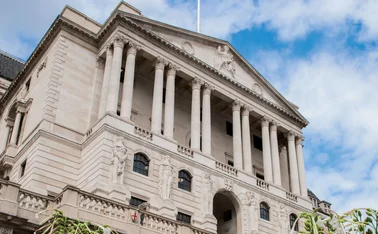
Tinkering with rates will not bolster New Zealand employment
New Zealand government should recall rationale for sole mandate

In 1989, the New Zealand’s fourth Labour government passed legislation that revolutionised the country’s central bank – and in some respects central banking around the globe. Prior to that time, central banks were of two kinds: either totally independent of political influence (at least in theory), such as the Federal Reserve Board, Deutsche Bundesbank and the Swiss National Bank, or mere implementers of whatever monetary policy finance ministers decreed. Like most other central banks, the
Only users who have a paid subscription or are part of a corporate subscription are able to print or copy content.
To access these options, along with all other subscription benefits, please contact info@centralbanking.com or view our subscription options here: http://subscriptions.centralbanking.com/subscribe
You are currently unable to print this content. Please contact info@centralbanking.com to find out more.
You are currently unable to copy this content. Please contact info@centralbanking.com to find out more.
Copyright Infopro Digital Limited. All rights reserved.
You may share this content using our article tools. Printing this content is for the sole use of the Authorised User (named subscriber), as outlined in our terms and conditions - https://www.infopro-insight.com/terms-conditions/insight-subscriptions/
If you would like to purchase additional rights please email info@centralbanking.com
Copyright Infopro Digital Limited. All rights reserved.
You may share this content using our article tools. Copying this content is for the sole use of the Authorised User (named subscriber), as outlined in our terms and conditions - https://www.infopro-insight.com/terms-conditions/insight-subscriptions/
If you would like to purchase additional rights please email info@centralbanking.com
Most read
- ‘Do I die, or do I survive?’ Officials reflect on Basel III complexity
- ECB says iPhone is currently incompatible with digital euro
- French president calls for expanded ECB mandate







